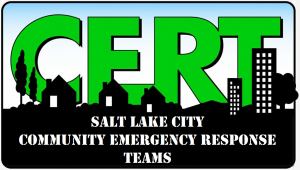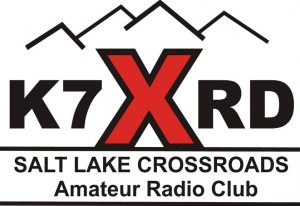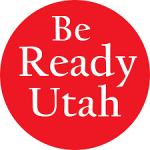S.A.F.E. Neighborhoods trains individuals in each elementary school neighborhood to open, staff, and operate their own neighborhood evacuation hub at the school until outside help arrives after a catastrophic disaster.

Individuals must take seriously the responsibility of being prepared to survive for at least three to five days on their own, to create evacuation and shelter plans for themselves and their families, and to get out of harm’s way when necessary. Citizens must be engaged and educated about what they should expect from their government during emergencies as well as what the government expects from them in the form of advance preparation and responsible action. Community safety and personal preparedness is vital to the overall preparedness of the United States, and its ability to withstand and recover from natural disasters, man-made emergencies, economic downturns, and terrorist attacks. Visit: https://www.ready.gov/community-preparedness-toolkit for more information.
Talk About It
1.- Host a house meeting with your family, neighbors, co-workers, and faith-based colleagues.
2.-Get in touch with your local emergency management agency, fire department, police or sheriff’s department, EMTs/paramedics, or other emergency responders to send an expert to come speak at your event.
3.-Create an event that promotes safety and preparedness and raises awareness.
4.-Sponsor a forum, like a town hall meeting that encourages people from throughout the community to discuss disaster preparedness and response and to exchange information and ideas.
There are three elements needed to have a resilient community:

Basic Steps for Neighborhoods
The three basic steps are: Communicate, Re-unite Households and Find Shelter.
Communicate
After an earthquake of the magnitude that is expected, all common communications networks will be compromised or overloaded to the point that normal communications methods will be unavailable. Work on creating a communication plan and train to become a HAM radio operator.
Re-Unite Households
In the aftermath of a major earthquake in the Salt Lake Valley, household re-unification will be a major issue. Peoples’ day-to-day activities result in household members being dispersed all across the valley. Depending on the time of day and even the time of year, reuniting of households will be a significant issue.
Shelters
One of the primary goals of the SAFE Neighborhoods Program is to address the issue of temporary sheltering of displaced residents and provide for basic human needs on a neighborhood level. SAFE neighborhoods will be utilizing the public elementary schools after an earthquake.
The Business Community Emergency Response Team (CERT) Program educates people about disaster preparedness for hazards that may impact their area and trains them in basic disaster response skills, such as fire safety, light search and rescue, team organization, and disaster medical operations. Using the training learned in the classroom and during exercises, CERT members can assist others in their neighborhood or workplace following an event when professional responders are not immediately available to help.
Amateur Radio (HAM Radio) is more than an exciting hobby that brings people around the world together. Is a lifeline during emergency events. You can join a Club like the Crossroads Amateur Radio Club for Salt Lake City and become part of the emergency net the city will use when earthquake happens.

The Utah VOAD is the forum where organizations share knowledge and resources throughout the disaster cycle—preparation, response and recovery—to help disaster survivors and their communities.
Be Ready Utah is the state’s page coordinated and prepares by the State’s Emergency Management. It offers you information about state resources for families, communities and businesses.

Launched in February 2003, Ready is a National public service campaign designed to educate and empower the American people to prepare for, respond to and mitigate emergencies, including natural and man-made disasters.



